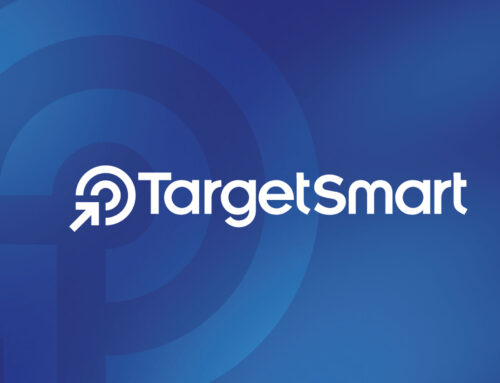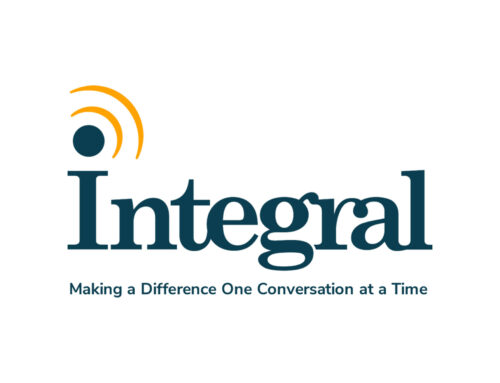The following op-ed was published in Campaigns and Elections on November 25, 2019.
The 2016 election was a low-point for political advertising. While record amounts of money were spent to reach voters online, the decisions taken by Facebook, Twitter, and Google to put profits ahead of our democracy had far-reaching consequences.
Misinformation campaigns abounded, foreign governments interfered with our campaigns, and the predatory practices of Cambridge Analytica all undermined Americans’ faith in our political system.
Everyone recognizes that, as a society, we have to do better.
Unfortunately, in the wake of 2016, social media platforms continued to deny responsibility and are only now, less than three months before voting starts in the 2020 presidential election, making a series of shortsighted, self-interested reforms that do little to prevent their failures of 2016.
The use of “voter data” isn’t new or novel. In 1840, then-Illinois state representative Abraham Lincoln urged his colleagues to “make a perfect list of all the voters … have them talked to by those in whom they have the most confidence, and … place in their hands such documents as will enlighten and influence them.”
Today the use of voter data allows campaigns to ensure they are having relevant conversations with voters about the issues they care most about. In our fragmented media landscape, the ability to have those targeted conversations is more important than ever.
Last week Google announced that it would no longer allow political advertisers to serve ads “based on public voter records and general political affiliations (left-leaning, right-leaning, and independent).” Google’s policies still allow high-level targeting based on age, gender, or location.
Consumers might be relieved to hear that Google is restricting the use of political data for targeted advertising. But upon closer look, it’s clear that Google’s policy changes aren’t designed to protect the integrity of our Republic, and instead, are squarely focused on benefiting Google’s bottom line.
Google has made a calculated decision that announcing this change will provide them with a fig leaf intended to spare their core business and profits from deeper scrutiny and regulation (especially as other tech competitors like Facebook face near-universal wrath) while placating the masses who are understandably concerned about a lack of transparency in digital advertising.
By ensuring that campaigns can no longer use their own data to target advertising and by limiting them to the least complicated (and highest margin) targeting, Google has designed a situation in which campaigns will be required to pay higher costs for advertising they don’t want or need.
The new targeting would likely force more advertisers to bid on all of the ad impressions within Google’s auctions, raising prices for everyone and increasing Google’s profits. Furthermore, it seems likely that by forcing these targeting restrictions onto political advertisers they’ve finally found a way to force someone to buy their least valuable inventory. Keep in mind that Google controls nearly 40 percent of the digital ad market.
While these changes might be a boon for Google’s ad revenues, it’s undoubtedly bad for democracy. Not only will forcing more broad advertisements ensure that voters receive less relevant information, but it will also encourage, and even necessitate, more money in politics.
It’s also a bit hypocritical. If Google were truly concerned about using data to reach and re-engage with customers and voters, they would have banned this targeting for all their advertisers across platforms. But by focusing solely on political advertising, they’ve seemingly staked a disingenuous position just a touch better than Facebook’s — to avoid the fire.
Auto dealers, for example, will still be able to use insight gleaned from people’s search history, or any first and third-party data to target them on Google and YouTube, just as a campaign might. Any company will still have access to targeting tools that utilize purchased consumer data or segments.
We’d also be remiss not to mention that Google’s YouTube recommendation engine continues to push users to more extreme and fringe political content. The failure to thoughtfully address this issue has led to the radicalization of extremists throughout the globe and has contributed to the rise of white nationalism here in America.
Simply put, the problem isn’t that campaigns can serve microtargeted ads. The problem is the platforms’ unwillingness to put any meaningful controls in place to review or vet those ads. In an effort to appease the public and regulators, Google has engineered a press savvy solution to the wrong problem.
Especially at a time when political advocacy organizations and campaigns are using data in digital spaces to uplift marginalized communities and empower disenchanted voters, these misguided policies will have widespread negative effects across the political spectrum.
None of this is to suggest that political advertising and microtargeting should be unregulated. In fact, we strongly believe the opposite. But we should have a robust discussion about the changes and regulations that are needed to protect consumers and voters in the complex modern digital advertising space.
In the meantime, dumbing down digital advertising so everyone has to see the same generic (likely negative) ads you see on broadcast TV or hear on the radio — without the controls of lowest unit rate protections to ensure every candidate has a fair shot at speaking — is, quite frankly, a terrible idea.




